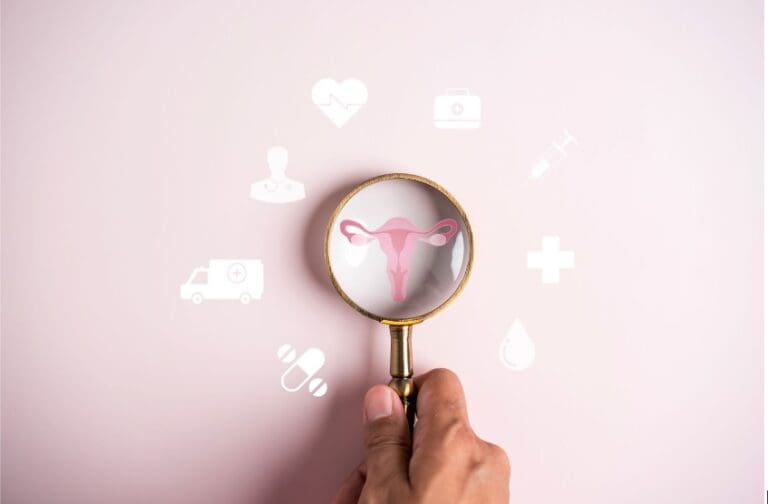Although legumes have been consumed by people for centuries, they have only really come into the center of interest in the last two or three decades due to their beneficial physiological effects on health.
Chickpeas, also known as garbazo beans, are beans with a high protein and fiber content. Due to its sweet, slightly nutty taste and its versatile uses, it is considered an almost everyday ingredient in Arab cuisine, but its consumption is not yet very common in our country.
Because of its beneficial physiological effects, it is worth getting to know this legume a little better.
100 g of chickpeas contain 19.8 g of protein, 3.4 g of fat and 48.8 g of carbohydrates. A significant source of fiber. Its regular consumption stimulates digestion, thus eliminating, for example, the difficulties caused by constipation that often occur during pregnancy. The content of vitamins B1, B6, E and minerals is also excellent. It contains a lot of zinc, potassium, magnesium and iron. Due to its high folic acid content, it is highly recommended for expectant mothers, and it can be recommended for those suffering from postpartum depression due to its outstanding tryptophan content.
The glycemic index of chickpeas is 28, which is in the range of foods with a low glycemic index, and therefore has less effect on the rise in blood sugar after a meal.
Flour made from chickpeas can be an important component of the diet of gluten-sensitive people.
The following research can also provide a rational basis for learning about the consumption of chickpeas as a functional food ingredient:
Researches
- Regular consumption can reduce the risk of chronic diseases and improve health. (1)
- Compared to lentils or beans, it has a better biological value and is easier to digest. One unit of chickpeas has a higher protein content than barley, oats, corn or millet. (2)
- According to research published in the 2007 issue of the British Journal, it can be beneficial in reducing the risk of diabetes and has a positive effect on insulin resistance. The insulin tolerance test, the oral glucose tolerance test, showed that chickpea significantly improved insulin resistance. (3)
- In an article published in the American Journal in 2003, they measured lower blood sugar levels 30 and 60 minutes after consuming chickpea-based foods instead of wheat, and lower insulin levels in the blood 120 minutes after the meal. (4)
- Chickpea/hummus consumption resulted in a better nutrient profile, diet quality, lower BMI, and a lower risk of obesity compared to the non-consuming control group. (5)
The preparation of chickpeas can be extremely versatile: it can be used to make soup or a vegetable, pureed as hummus, as a single dish with steamed vegetables, even as a ragu, but can also be added to a salad or cutlet. By using various spices (mint, coriander, ginger, cinnamon, cumin), we can create a lot of food and flavor combinations, which are only limited by our imagination.
In the video below, we show how to make a very simple recipe.
The arugula can easily be replaced with baby spinach. Practically anything can be added, including fried tapioca peppers, boiled carrots, dried tomatoes or toasted sesame seeds.
For breakfast, 40 grams of cream is recommended (this is about four tablespoons), with a slice of brown bread (30-35 grams).
The resulting breakfast will contain 30 grams of slow-absorbing carbohydrates, which can be perfectly integrated into a 160-gram diet.
Sources:
(1) https://www.cambridge.org/core/services/aop-cambridge-core/content/view/S0007114512000797
(2) Dr. Gondola István: Az alternatív növények szerepe az Észak-alföldi Régióban (Csicseriborsó 197-200. o.), Debreceni Egyetem – Nyíregyházi Kutatóintézet; portal.agr.unideb.hu – 2010. ISBN 9789634733867
(3) https://www.ncbi.nlm.nih.gov/pubmed/17666145
(4) http://ajcn.nutrition.org/content/79/3/390.short
(5) https://www.omicsonline.org/chickpeas-and-hummus-are-associated-with-better-nutrient-intake-diet-quality-and-levels-of-some-cardiovascular-risk-factors-national-health-and-nutrition-examination-survey-2155-9600.1000254.pdf
Írta: Németh Zsófia (dietetikus)





